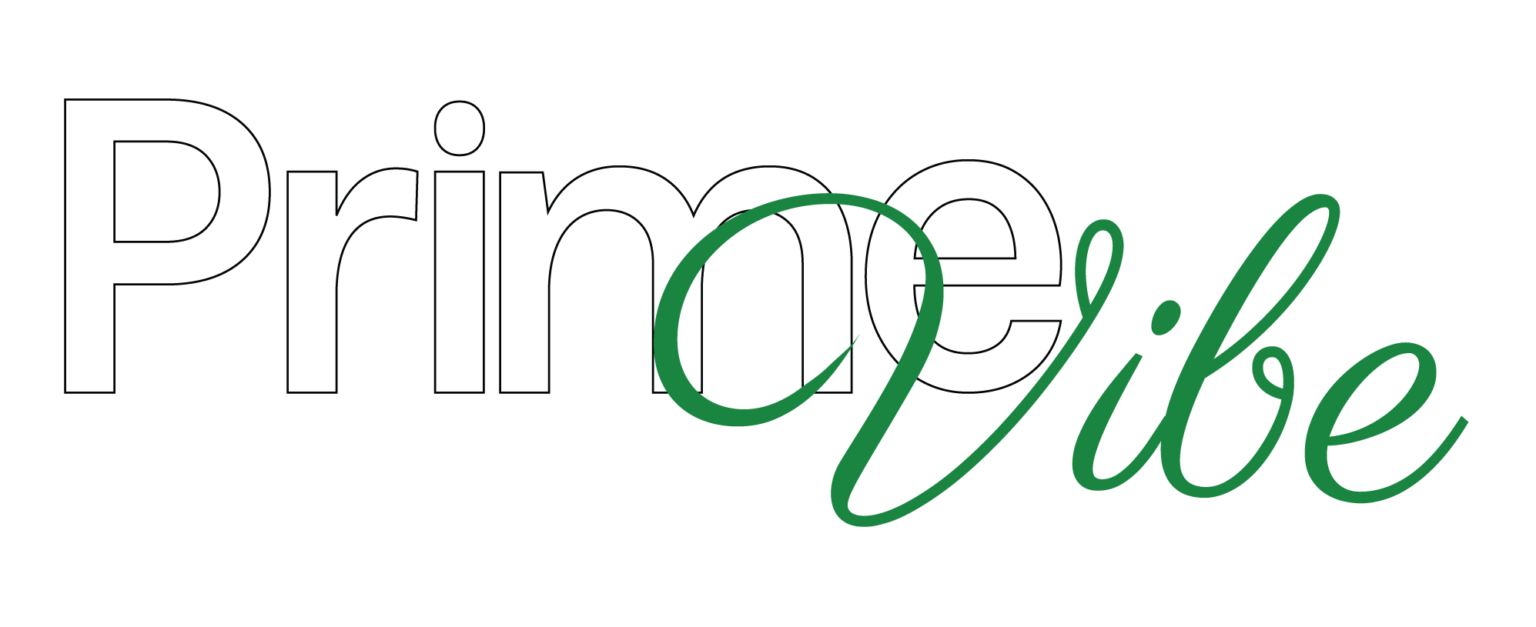In today’s fast-paced business environment, efficiency and precision are paramount. Sales Process Automation (SPA) has emerged as a transformative strategy, enabling organizations to optimize their sales operations, reduce manual workloads, and enhance customer engagement.
What is Sales Process Automation?
Sales Process Automation refers to the use of technology to automate repetitive and time-consuming sales tasks. By leveraging tools like AI, machine learning, and robotic process automation (RPA), businesses can streamline activities such as lead management, follow-ups, data entry, and reporting. This not only accelerates the sales cycle but also minimizes human error and allows sales teams to focus on building relationships and closing deals.

Key Benefits of Implementing SPA
Enhanced Efficiency: Automation eliminates manual tasks, freeing up sales representatives to concentrate on strategic activities. Tools like Pipedrive offer features that automate various stages of the sales process, ensuring consistency and speed.
Improved Accuracy: Automated systems reduce the risk of errors in data entry and management. Platforms such as Automation Anywhere provide solutions that ensure precision in sales operations.
Better Lead Management: Automation tools help in tracking and nurturing leads effectively. Zapier, for instance, enables seamless integration between CRM systems and marketing platforms, facilitating efficient lead handling.
Data-Driven Insights: With real-time analytics, businesses can make informed decisions. Viindoo emphasizes the role of automation in providing actionable insights for sales forecasting and strategy development.
Enhanced Customer Experience: Automated personalized communications ensure timely and relevant interactions with clients, fostering trust and satisfaction.
Real-World Applications of SPA
Lead Qualification: Automated systems can score and prioritize leads based on predefined criteria, ensuring that sales teams focus on high-potential prospects.
Email Campaigns: Automation tools can schedule and send personalized emails, track responses, and follow up accordingly.
Reporting and Analytics: Automated dashboards provide real-time insights into sales performance, helping managers make data-driven decisions.
Customer Onboarding: Automation ensures a smooth onboarding process by sending timely information and setting up necessary accounts or services.
Choosing the Right Sales Process Automation Solution
When selecting an SPA tool, consider the following:
- Integration Capabilities: Ensure the tool can seamlessly integrate with your existing CRM and other business systems.
- User-Friendliness: The platform should be intuitive, allowing your team to adopt it without extensive training.
- Customization: Look for solutions that can be tailored to fit your specific sales processes and workflows.
- Scalability: Choose a tool that can grow with your business, accommodating increasing data and user demands.
Why Process Automation Is Driving Business Success in 2025
1. Hyperautomation: The New Standard
Hyperautomation—integrating AI, machine learning, robotic process automation (RPA), and process mining—is becoming mainstream. Gartner predicts that by 2025, hyperautomation will impact 20% of all business processes, enabling faster, more accurate, and cost-effective operations . This approach allows businesses to automate complex, end-to-end workflows, enhancing agility and responsiveness.
2. AI-Powered Decision Making
Artificial Intelligence is central to modern automation strategies. AI enhances decision-making by providing real-time insights, predictive analytics, and adaptive learning capabilities. This empowers businesses to make informed decisions swiftly, improving customer experiences and operational efficiency.
3. Low-Code/No-Code Platforms Empowering Teams
The rise of low-code and no-code platforms democratizes automation, allowing non-technical staff to develop and deploy automated solutions. This trend accelerates innovation and reduces dependency on IT departments, fostering a culture of continuous improvement.
4. Enhanced Customer and Employee Experiences
Automation enhances both customer and employee experiences by streamlining processes and reducing manual tasks. Customers benefit from faster, more reliable services, while employees can focus on strategic, value-added activities, leading to increased satisfaction and productivity .
5. Data-Driven Growth
Automation facilitates the collection and analysis of vast amounts of data, providing valuable insights into customer behavior, market trends, and operational performance. This data-driven approach enables businesses to identify opportunities, optimize strategies, and drive growth.
Key Metrics Showcasing Automation’s Impact
| Metric | Impact of Automation |
|---|---|
| Operational Efficiency | Up to 30% increase through streamlined processes |
| Cost Reduction | Significant savings by minimizing manual tasks |
| Customer Satisfaction | Enhanced through faster, more accurate services |
| Employee Productivity | Increased by automating repetitive tasks |
| Decision-Making Speed | Improved with real-time data analytics |
Embracing the Future of Sales
As the business landscape continues to evolve, embracing Sales Process Automation is no longer optional but essential. By automating routine tasks, businesses can enhance efficiency, improve accuracy, and deliver superior customer experiences. Investing in the right SPA solution positions your organization for sustained growth and success in the digital era.



